Category: Bransdale
-
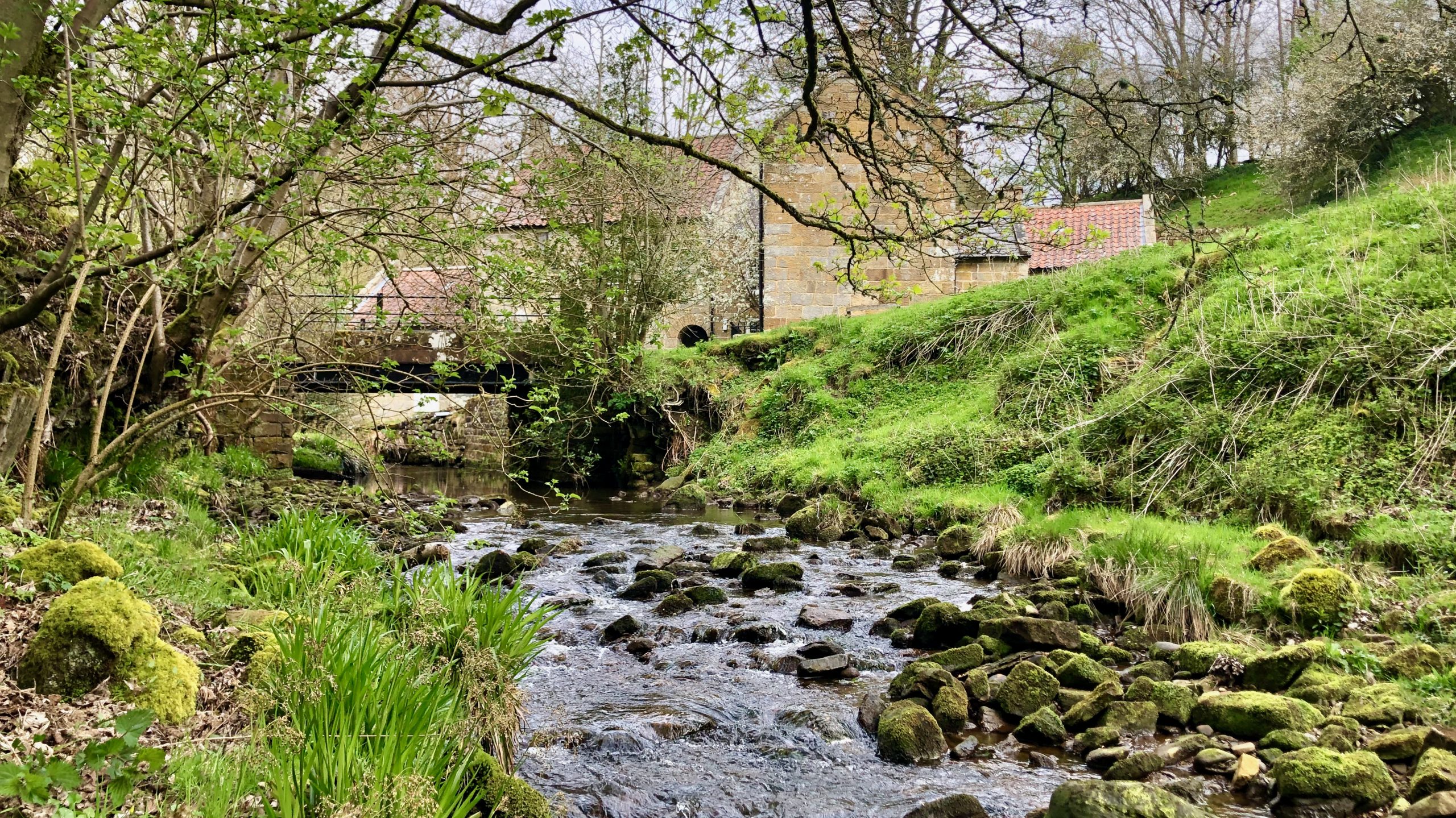
My Tree-mendous adventures on a dendrometric survey in Bransdale
Sorry about the title, but it has been an enjoyable day conducting an ancient and veteran tree survey for the National Trust in Bransdale. Starting downstream from the mill along the Hodge Beck, it was a day exploring the little visited parts of the dale. But perhaps it would have been wiser to begin with…
-
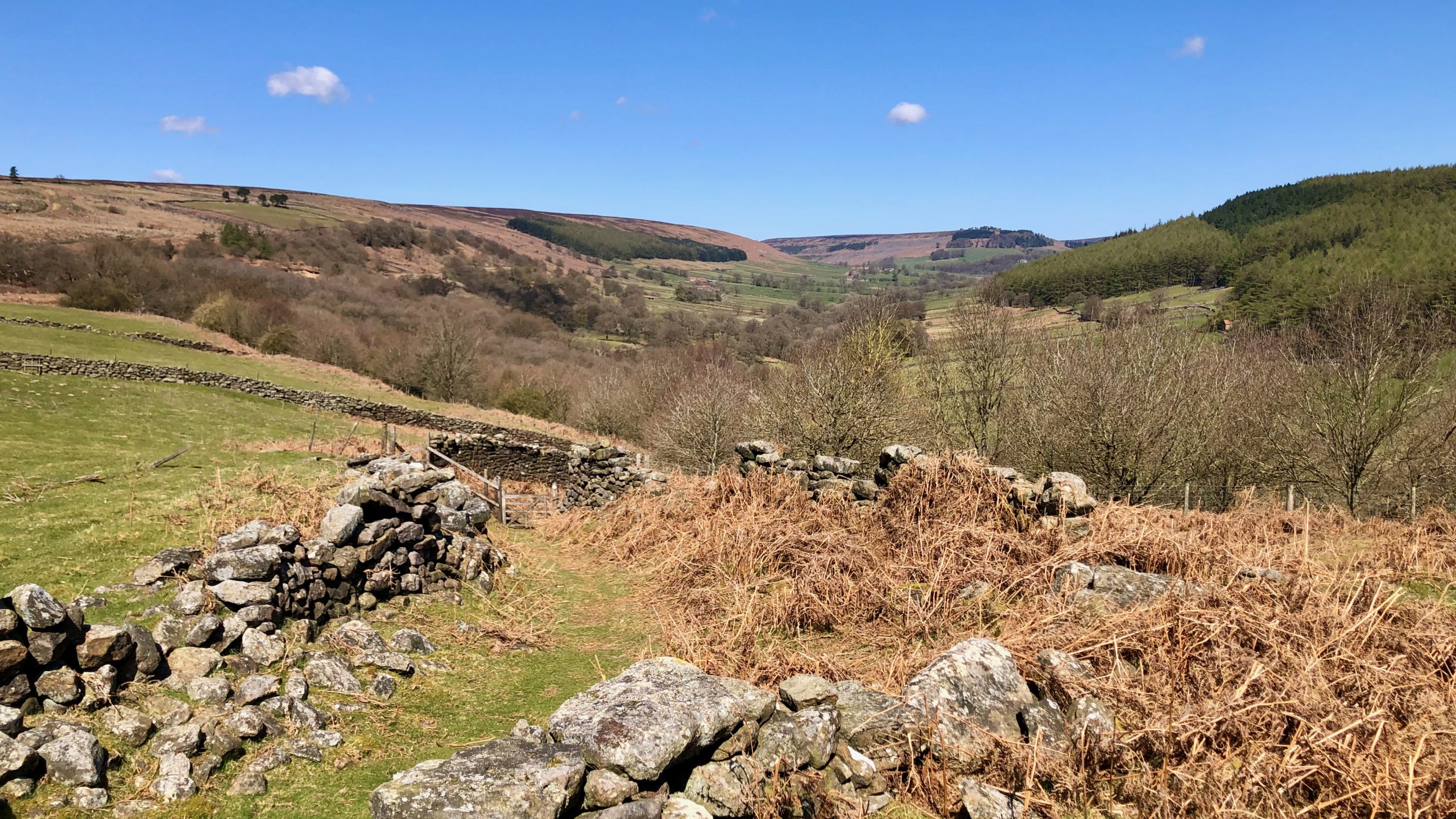
A day with National Trust: replacing the fencing at Stork House
I recall reading that the path that runs through Stocking Crag wood and passes Stork House was the original route in and out of the valley, though I’m unsure of the source. Unfortunately, due to landslides within the wood, it’s nearly impossible to navigate through it without using your own two feet. Today being Thursday,…
-
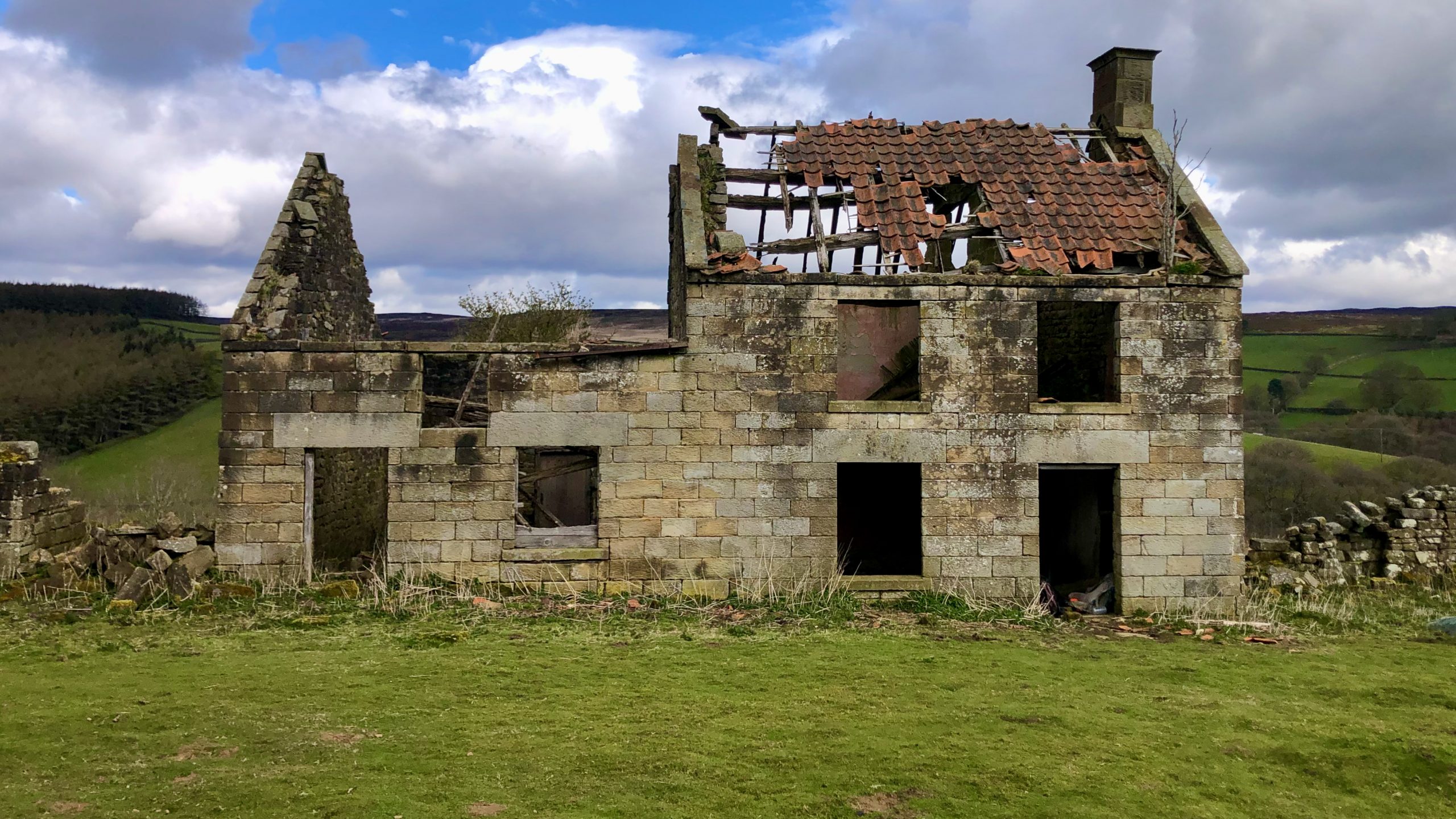
“Stone is a living thing, not a piece of dead matter”
In the moorland dales, the quality and excellence of available building stones are the primary factors that have influenced building construction. The Jurassic rocks have been worked in numerous quarries in all the dales and provided an abundance of stone, which has been used to build abbeys, churches, mansions, bridges, buildings in Teesside’s towns, as…
-
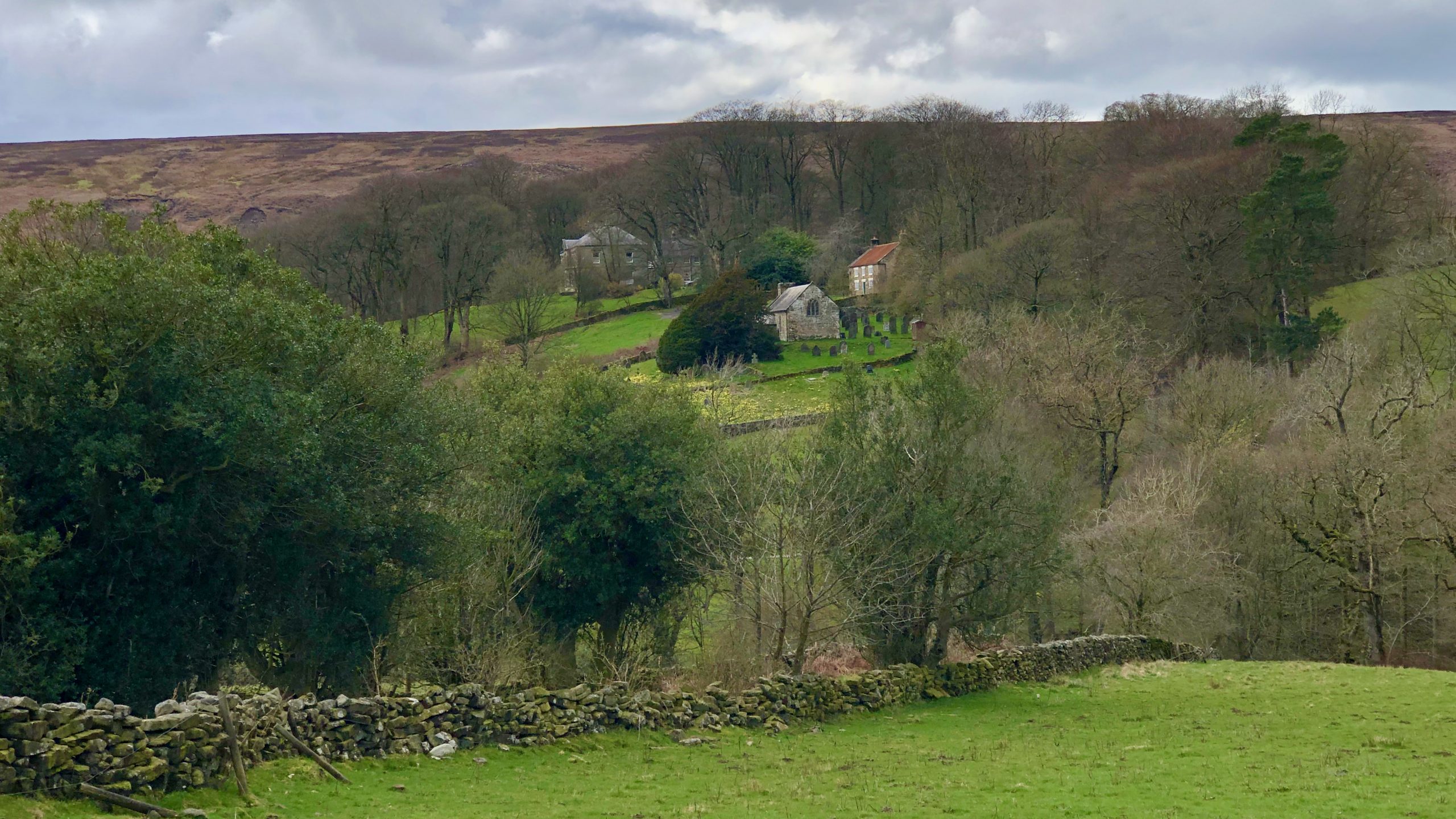
Cockayne — Bransdale’s ‘centre’
Bransdale is a peaceful community consisting of dispersed farmsteads that has remained seemingly unaltered throughout history. At one time, Eastside and Westside were two separate townships, each belonging to different parishes. Nonetheless, they were combined in 1873 to establish Bransdale-cum-Farndale. Bransdale differs from typical communities in that it lacks a central village. However, Cockayne, a…
-
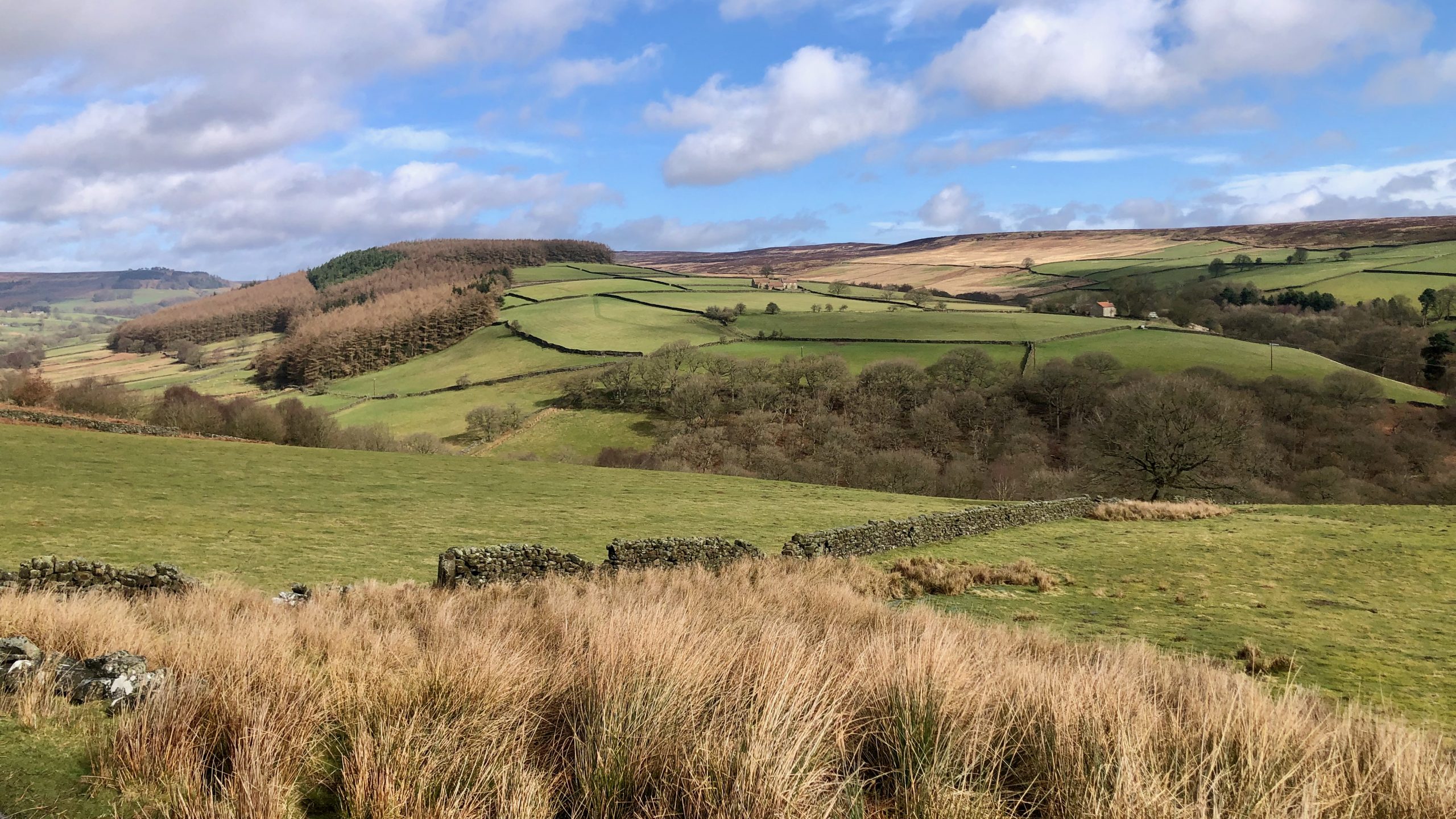
National Trust Landscapes: High and Low Lidmoor Farms
From near Stork House on Bransdale Westside, there is a stunning view of the lower dale with the twin farms of High and Low Lidmoor. Hodge Beck is graced with deciduous trees, while on the left side of the photo, on the high ground, stands a commercial conifer plantation. All the land in the photograph…
-
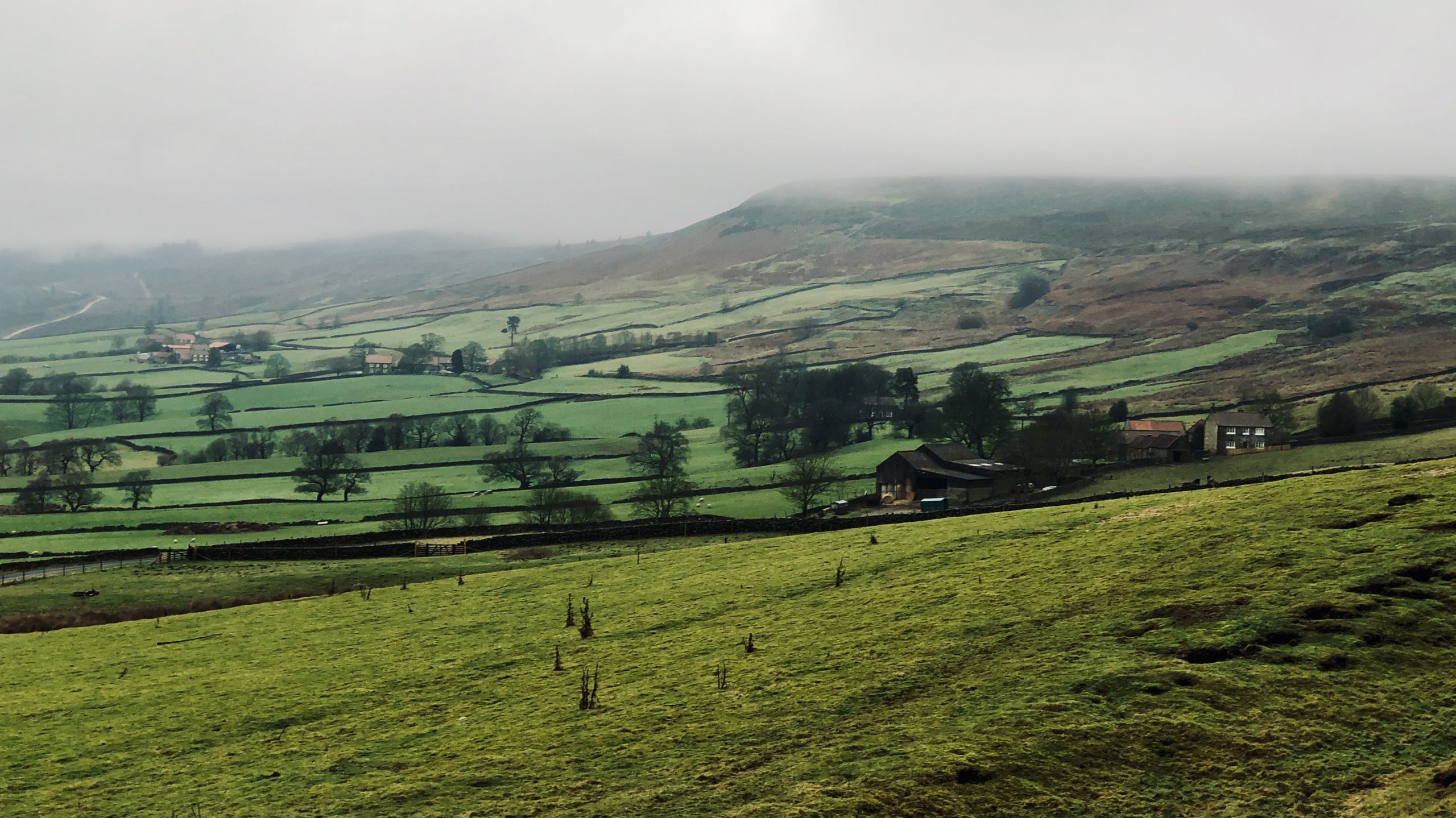
The Winter of 1947: How the R.A.F. Mountain Rescue Squadron Saved Bransdale from Isolation
As we stepped out of the car in Bransdale this morning, the air was thick with dampness. The high moors that loomed in the distance were shrouded in a blanket of clouds, giving the dale a gloomy feel. Looking up Bransdale’s East Side, Spout House stands isolated on the right. Spout House gained national attention in…
-
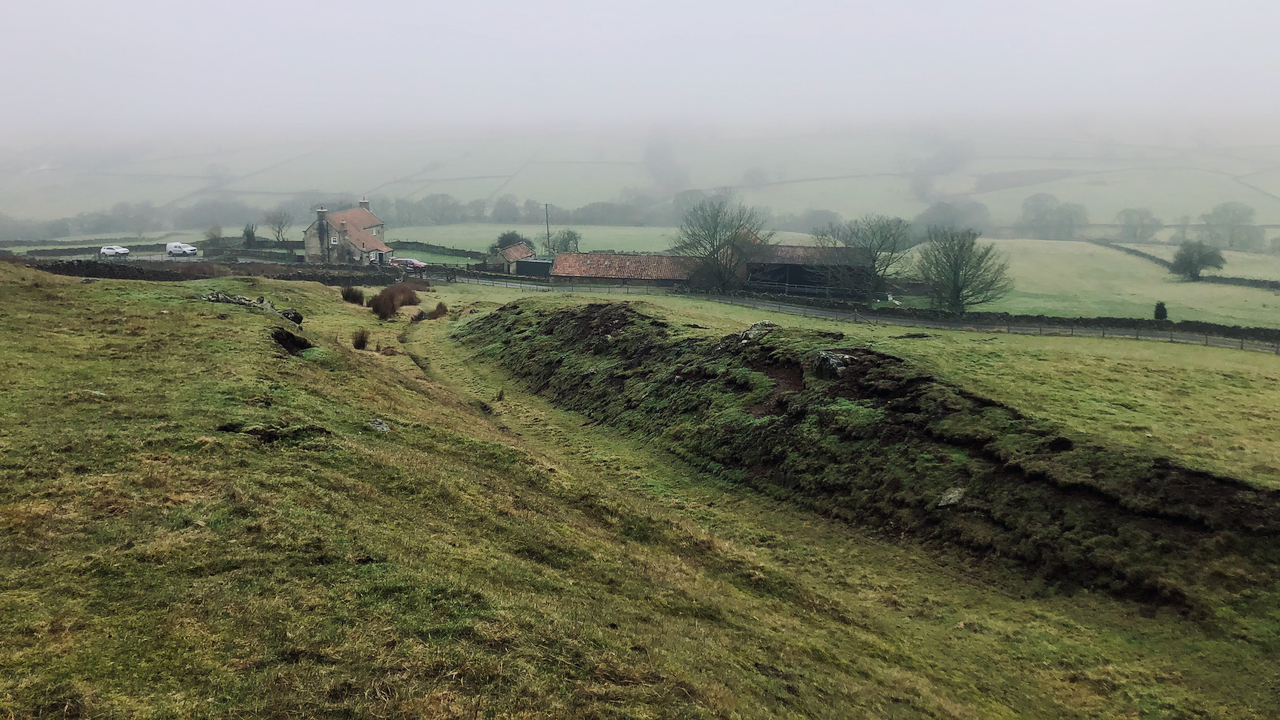
A dreich morning in Bransdale
This impressive holloway or sunken lane was once one of the major routes out of the dale. Climbing up from Groat House, it is shown on the 1857 OS Six-inch O.S. map. It is also shown on an earlier map of 1828, but not on one of 1782. The term ‘holloway‘ derives from the Old…
-
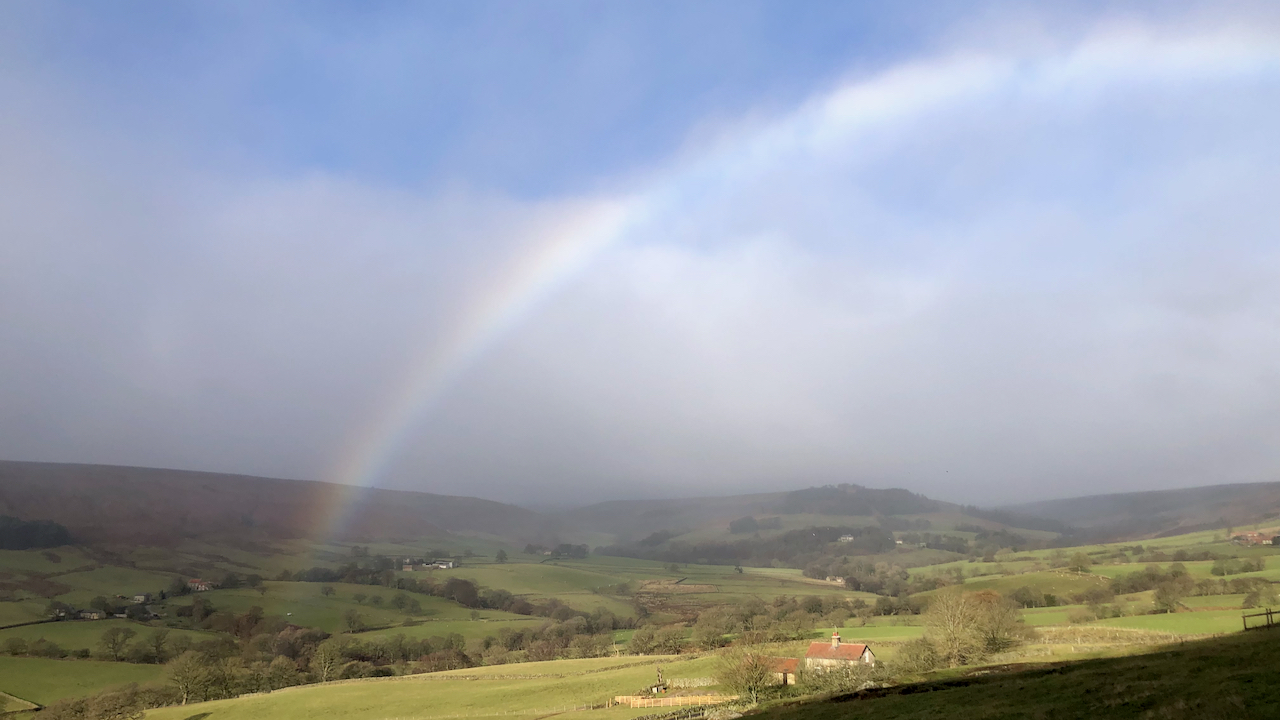
Bransdale — a dire forecast but it turned out alright
With flashes of sunshine from the blue-bores sweeping down the dale. Back at Barkers Plantation in Bransdale, the National Trust property in the heart of the North York Moors. But approaching the woodland from a different direction so a view I’ve never seen before. The house at the bottom of the photo is named Wind…
-
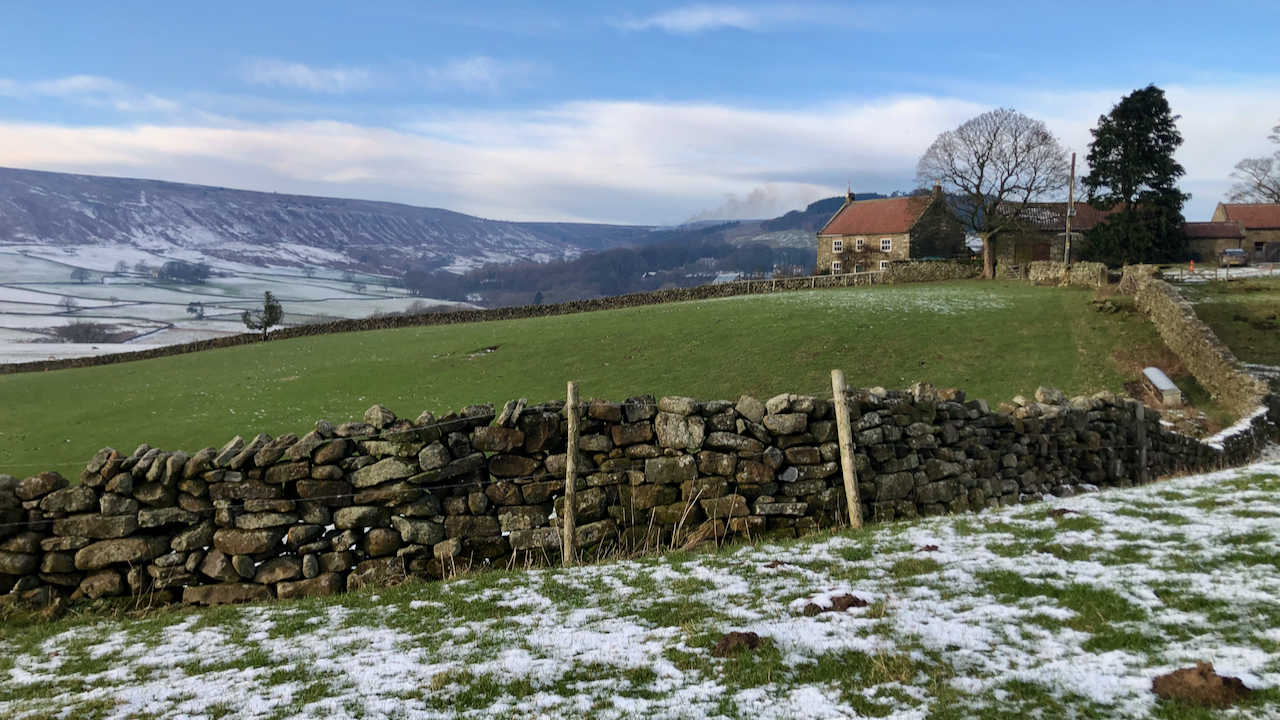
Tis the season for burning
The annual burning of the heather moorland has begun — to the left of the house on the hill, up Badger Gill. Several of the tell-tale plumes could be seen on the way over into Bransdale. The house is Smout House, a mid-19th century farmstead, although until the 1952 edition of the O.S. map, the…
-

Bransdale — again
Second visit this week. Appropiate this day because on 12 January, 1895, the National Trust was incorporated by three Victorian philanthropists — Miss Octavia Hill, Sir Robert Hunter and Canon Hardwicke Rawnsley. Bransdale is of course a National Trust property, predominately comprising the dale farms, which was transferred to the Trust through the National Land…